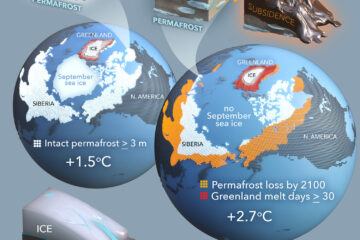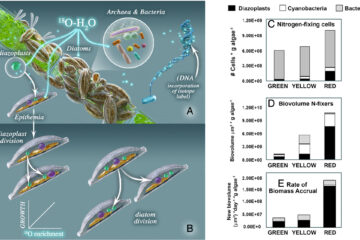Stable nitrogen isotope patterns of trees and soils altered by long-term nitrogen and phosphorus addition to a lowland tropical rainforest
Foliar nitrogen (N) isotope ratios (δ15N) are used as a proxy for N-cycling processes, including the “openness” of the N cycle and the use of distinct N sources, but there is little experimental support for such proxies in lowland tropical forest. To address this, we examined the δ15N values of soluble soil N and canopy foliage of four tree species after 13 years of factorial N and P addition to a mature lowland rainforest. We hypothesized that N addition would lead to 15N-enriched soil N forms due to fractionating losses, whereas P addition would reduce N losses as the plants and microbes adjusted their stoichiometric demands. Chronic N addition increased the concentration and δ15N value of soil nitrate and δ15N in live and senesced leaves in two of four tree species, but did not affect ammonium or dissolved organic N. Phosphorus addition significantly increased foliar δ15N in one tree species and elicited significant N × P interactions in two others due to a reduction in foliar δ15N enrichment under N and P co-addition. Isotope mixing models indicated that three of four tree species increased their use of nitrate relative to ammonium following N addition, supporting the expectation that tropical trees use the most available form of mineral N. Previous observations that anthropogenic N deposition in this tropical region have led to increasing foliar δ15N values over decadal time-scales is now mechanistically linked to greater usage of 15N-enriched nitrate.


